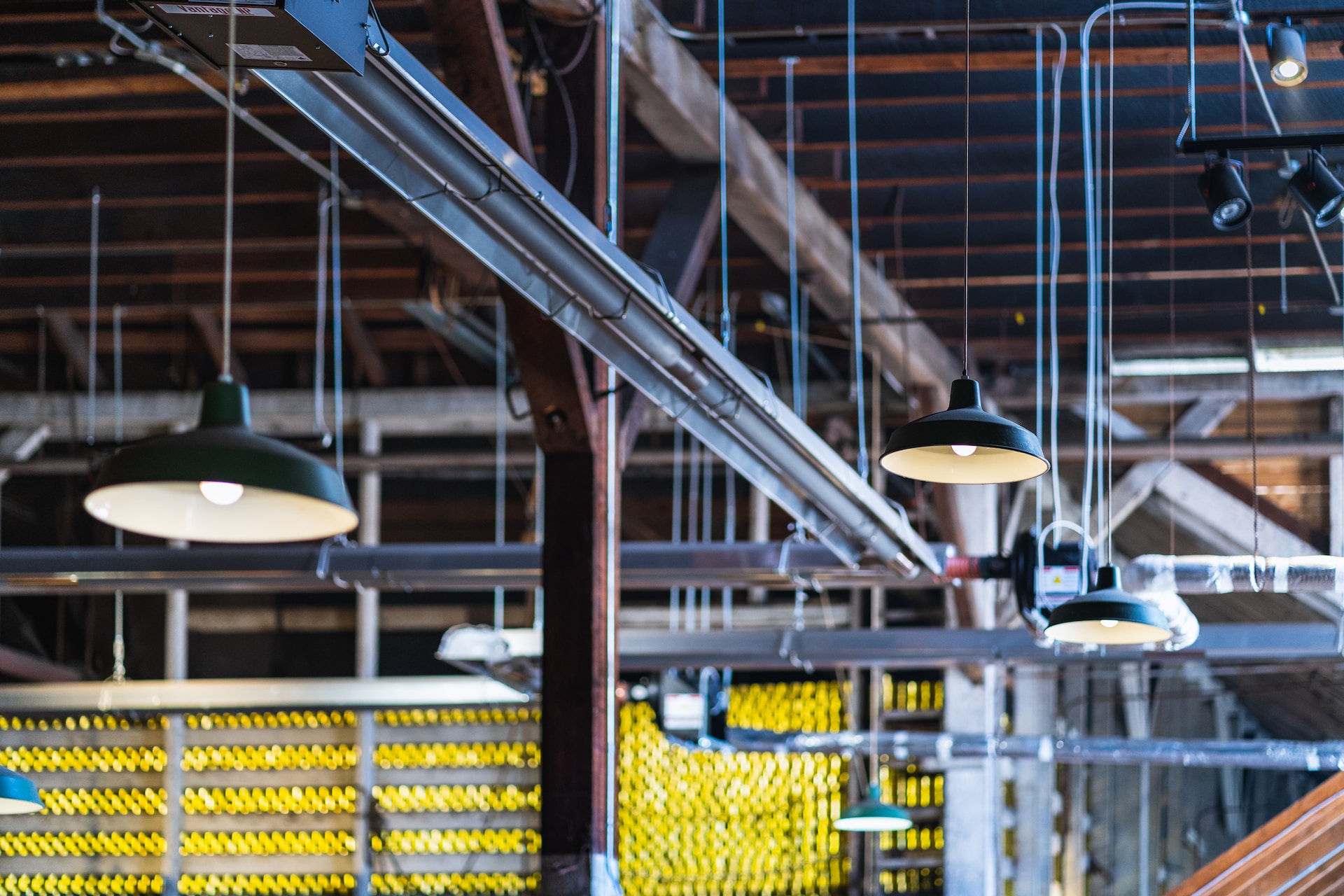
Question: Industrial Electrical Wiring and Installation
Answer: Industrial electrical wiring and installation involve robust and complex setups, designed for high capacity, safety, and efficiency in industrial environments.
Industrial Electrical Wiring and Installation – The Foundation of Industrial Operations
In the industrial world, electrical wiring and installation form the backbone of operations. This guide delves into the intricacies of industrial electrical wiring and installation, highlighting the standards, procedures, and best practices that ensure safety and efficiency.
To continue reading about industrial electrical contractors, please visit the homepage
Related Article: Troubleshooting Common Industrial Electrical Problems
Related Article: Energy Efficiency in Industrial Electric Systems
The Critical Role of Electrical Systems in Industry
Electrical systems in industrial settings power machinery, control operations, and ensure seamless production processes. Their installation and maintenance are pivotal for the smooth running of industrial facilities. [ 1 ]
Understanding Industrial Electrical Wiring
Before we explore the installation process, it’s crucial to understand what industrial electrical wiring entails and how it differs from residential or commercial wiring.
Characteristics of Industrial Wiring
Industrial wiring systems are designed to handle higher power loads, withstand harsher environments, and offer greater durability compared to other wiring types.
Components of Industrial Wiring
Key components include heavy-duty cables and conduits, industrial-grade switches and circuit breakers, and specialized connectors and junction boxes.
Planning and Designing Industrial Electrical Systems
The planning and design phase is critical in ensuring that the electrical system meets the specific needs of an industrial facility.
Assessing Electrical Needs
This involves evaluating the power requirements of different machinery and processes, as well as considering future expansion plans.
Designing for Safety and Efficiency
The design must prioritize safety, adhering to codes and standards, while also focusing on energy efficiency and operational effectiveness.
Installation Procedures and Best Practices
The installation of industrial electrical systems is a complex process that requires precision, expertise, and adherence to best practices.
Step-by-Step Installation Process
From laying conduits and cables to installing switches and configuring control panels, each step must be meticulously executed.
Adherence to Safety Standards
Compliance with safety standards, such as those set by the Canadian Electrical Code (CEC), is non-negotiable to prevent hazards like electrical shocks and fires.
Maintenance and Upkeep of Industrial Electrical Systems
Post-installation, regular maintenance is key to ensuring the longevity and proper functioning of industrial electrical systems.
Routine Inspection and Testing
Regular inspections help identify potential issues before they escalate, while testing ensures that all components are functioning optimally.
Preventive Maintenance Strategies
Implementing a preventive maintenance schedule can significantly reduce downtime and repair costs.
Innovations and Technological Advancements
The field of industrial electrical wiring and installation is continually evolving, with new technologies enhancing safety, efficiency, and functionality.
Smart Technologies and Automation
Incorporation of smart technologies and automation in electrical systems allows for better control, monitoring, and energy management.
Sustainable and Energy-Efficient Solutions
Emerging trends include the integration of renewable energy sources and the development of energy-efficient electrical components.
Challenges and Solutions in Industrial Electrical Installation
Despite best practices, the installation of industrial electrical systems presents unique challenges that require innovative solutions.
Handling Complex Installations
Complex installations, especially in large or specialized industrial facilities, demand a high level of expertise and coordination.
Navigating Regulatory Compliance
Staying abreast of and complying with constantly evolving regulations and codes can be challenging but is essential for legal and safety reasons.
Conclusion: Ensuring Excellence in Industrial Electrical Work
Industrial electrical wiring and installation is a critical field that demands precision, expertise, and a commitment to safety and quality.
The Importance of Skilled Professionals
Only skilled and certified professionals should undertake industrial electrical work to ensure adherence to standards and best practices.
Embracing Continuous Learning
As technology and regulations evolve, continuous learning and adaptation are vital for professionals in this field to remain competent and effective.
For more information please visit ampelectricians.ca
Industrial electrical wiring and installation is a complex yet crucial component of industrial operations. It requires careful planning, meticulous execution, and ongoing maintenance to ensure safety and efficiency. As the field continues to evolve with new technologies and standards, the importance of skilled professionals and a commitment to best practices remains paramount. This comprehensive approach ensures the reliability and effectiveness of industrial electrical systems, supporting the robust operations of industrial facilities.
References
1. https://www.synergyelectricnj.com/what-is-industrial-wiring-installation.html